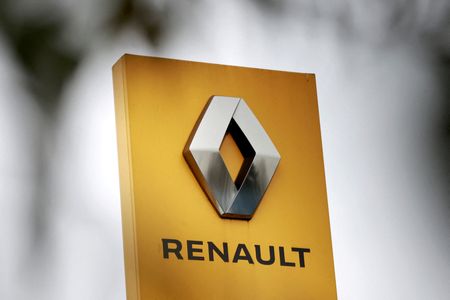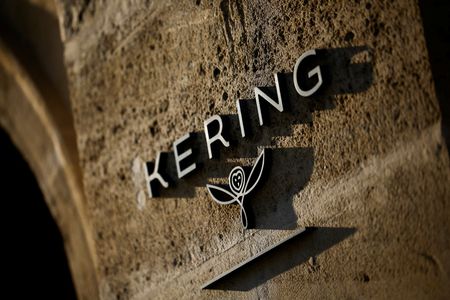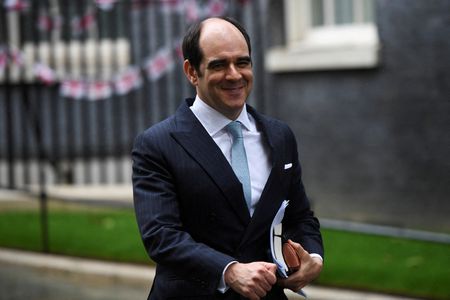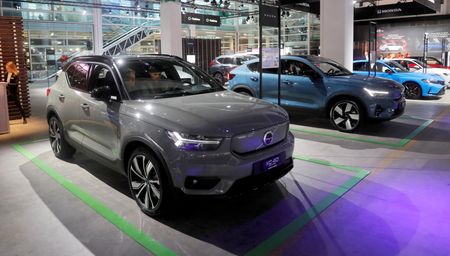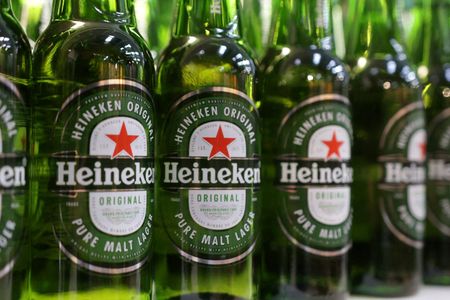By Gilles Guillaume and Dominique Patton
PARIS (Reuters) -Renault Group posted a 6.8% rise in third-quarter revenue on Thursday, beating expectations, as the automaker’s popular new models such as the Dacia Bigster and its financial services business offset a weaker commercial vehicle market.
The French group generated revenue of 11.4 billion euros ($13.29 billion) for July-September, up 6.8% compared with the same period a year ago, and higher than the 6.2% rise forecast by analysts in a consensus provided by the company.
During the quarter, sales volumes rose by 9.8% to 529,486 vehicles.
“In a challenging environment, we continue to capitalise on our compelling and competitive line-up, spanning electric, ICE (internal combustion engine) and hybrid vehicles,” Renault Chief Financial Officer Duncan Minto said in a statement.
Revenue growth, which accelerated from a 2.5% rise in the second quarter, is the first under new CEO Francois Provost, who took over in July after the abrupt departure of predecessor Luca de Meo to lead luxury group Kering in June.
Just after he left, Renault revised down its annual forecast, citing a sluggish European economy that was hurting demand for its vans, a significant driver of profit.
Renault’s reliance on Europe has largely insulated it from the trade turmoil caused by U.S. President Donald Trump’s tariffs, but also makes it more vulnerable to the region’s weak economic growth.
It is also facing rising competition from Chinese automakers, putting it under pressure to maintain a rapid pace of new launches started under de Meo.
New models accounted for 30% of third-quarter sales, up from 28% earlier this year and 25% at the end of last year, Minto told reporters.
He added that the Dacia Bigster, a compact crossover SUV, has been key to helping boost profitability.
Four more launches are scheduled for the fourth quarter, including the new Clio 6.
The company, which is also working to reduce costs, said it was confident about the end of the year given its order intake, which is up “high single digits.”
It reaffirmed an earlier forecast for an operating margin of about 6.5% in 2025, and free cash flow of between 1.0 billion euros and 1.5 billion euros.
($1 = 0.8575 euros)
(Reporting by Dominique Patton and Gilles Guillaume; Editing by Muralikumar Anantharaman and Jamie Freed)

